
Derek Nighbor
With over 200,000 direct jobs at stake, sector calls on the government of Canada to bring the same urgency to lumber as it has to steel, aluminum, and energy.
Canada’s forest sector is disappointed that yesterday’s discussions in Washington concluded without relief for 232-affected sectors, including lumber, as the long-standing Softwood Lumber dispute and recently applied tariffs on Canada’s wood manufacturing industry continue to put operations and jobs at risk across the country. While we recognize that the talks were described as substantive and appreciate that these negotiations are complex, after eight years of escalating duties on softwood lumber, the lack of tangible progress for forest sector workers and communities is deeply concerning. With more than 200,000 direct jobs and hundreds of towns and cities across Canada depending on a vibrant forest sector, lumber and forest products must be treated as a greater priority in Canada–U.S. trade discussions.
Our industry continues to face unjustified duties and tariffs that harm forestry workers here at home and raise costs for American families building and renovating their homes. We urge the Government of Canada to ensure that lumber and forest products are clearly on the agenda as talks continue this week. “We simply want to see more urgency, and frankly, we were left wanting more in the post-meeting reports coming out of yesterday’s discussions,” said Derek Nighbor, President and CEO of the Forest Products Association of Canada.
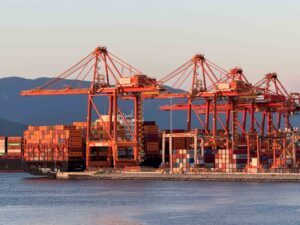 President Trump has warned of disaster if the Supreme Court overturns his signature tariffs. For starters, it would unleash a bureaucratic nightmare involving reams of refund paper checks. Should the court uphold a US Court of Appeals ruling that Trump’s country-based tariffs are illegal, the government could owe the bulk of the $165 billion in duties collected so far this fiscal year back to companies that paid them. But they won’t have an easy time getting their money back; refunds are typically issued slowly and while the administration could streamline the process, experts fear that’s unlikely. …That means Trump likely won’t part with the funds easily if the tariffs are struck down, and the administration is expected to move quickly to reimpose levies using other legal authorities if that happens. The Supreme Court is expected to hear arguments in November in the case.
President Trump has warned of disaster if the Supreme Court overturns his signature tariffs. For starters, it would unleash a bureaucratic nightmare involving reams of refund paper checks. Should the court uphold a US Court of Appeals ruling that Trump’s country-based tariffs are illegal, the government could owe the bulk of the $165 billion in duties collected so far this fiscal year back to companies that paid them. But they won’t have an easy time getting their money back; refunds are typically issued slowly and while the administration could streamline the process, experts fear that’s unlikely. …That means Trump likely won’t part with the funds easily if the tariffs are struck down, and the administration is expected to move quickly to reimpose levies using other legal authorities if that happens. The Supreme Court is expected to hear arguments in November in the case.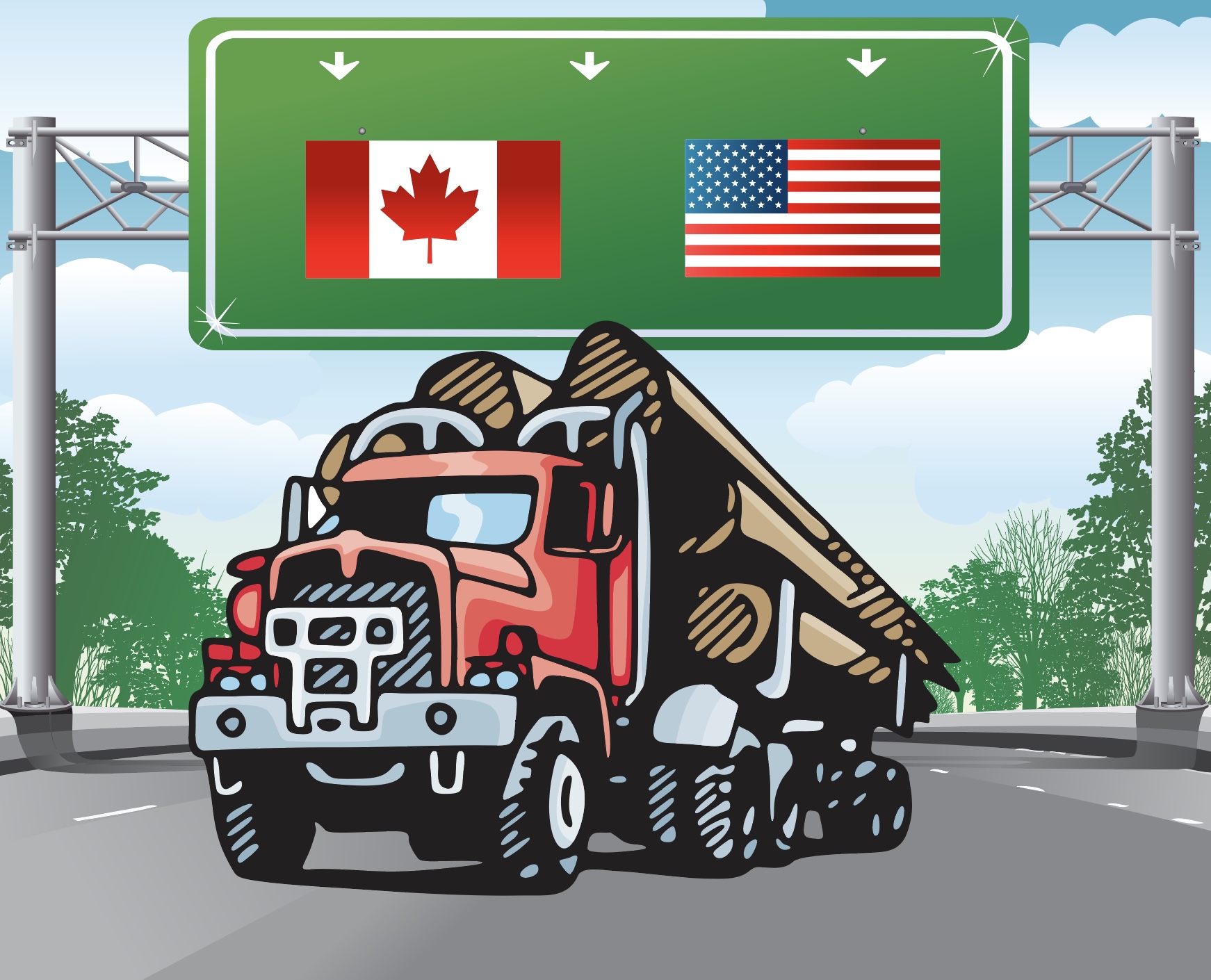 Prime Minister Mark Carney said Canadian and American officials are currently “negotiating terms” of a deal on tariffs a day after he met with the U.S. president to try and bring the trade war to a close — and Canada will come out ahead when the two sides come to an agreement. Speaking in question period … about what he accomplished out of his Oval Office sit-down with U.S. President Donald Trump, Carney said Canada already “has the best deal with the Americans” — most products are still being sold into the U.S. tariff-free despite Trump’s trade action — and “we will get an even better deal.” …Conservative Leader Pierre Poilievre said Carney “pathetically” offered up “a trillion-dollar gift” to Trump when speaking with the president, and it was an instance of him “bowing before the president in weakness.” …Daniel Smith said Carney is developing a rapport with the president…
Prime Minister Mark Carney said Canadian and American officials are currently “negotiating terms” of a deal on tariffs a day after he met with the U.S. president to try and bring the trade war to a close — and Canada will come out ahead when the two sides come to an agreement. Speaking in question period … about what he accomplished out of his Oval Office sit-down with U.S. President Donald Trump, Carney said Canada already “has the best deal with the Americans” — most products are still being sold into the U.S. tariff-free despite Trump’s trade action — and “we will get an even better deal.” …Conservative Leader Pierre Poilievre said Carney “pathetically” offered up “a trillion-dollar gift” to Trump when speaking with the president, and it was an instance of him “bowing before the president in weakness.” …Daniel Smith said Carney is developing a rapport with the president… WASHINGTON — Prime Minister Carney is set to return to Ottawa today with no deals to remove US tariffs from Canadian goods, but he’s leaving his key minister on Canada-US trade behind to keep pressing the Canadian case. US President Trump lavished praise on Carney during a meeting in the Oval Office on Tuesday and said the prime minister would walk away “very happy.” The president showed no signs of relenting on tariffs, however, and no deal was announced. Carney was scheduled to have a working breakfast this morning with Joshua Bolten, CEO of the Business Roundtable, while Foreign Affairs Minister Anita Anand was set to meet with Secretary of State Marco Rubio. Canada-US Trade Minister Dominic LeBlanc will be staying behind in Washington. LeBlanc told reporters Tuesday that substantial progress was made in the White House talks this week.
WASHINGTON — Prime Minister Carney is set to return to Ottawa today with no deals to remove US tariffs from Canadian goods, but he’s leaving his key minister on Canada-US trade behind to keep pressing the Canadian case. US President Trump lavished praise on Carney during a meeting in the Oval Office on Tuesday and said the prime minister would walk away “very happy.” The president showed no signs of relenting on tariffs, however, and no deal was announced. Carney was scheduled to have a working breakfast this morning with Joshua Bolten, CEO of the Business Roundtable, while Foreign Affairs Minister Anita Anand was set to meet with Secretary of State Marco Rubio. Canada-US Trade Minister Dominic LeBlanc will be staying behind in Washington. LeBlanc told reporters Tuesday that substantial progress was made in the White House talks this week.
 TORONTO – United Steelworkers union National Director Marty Warren issued the following statement as Prime Minister Mark Carney travels to Washington, D.C., to meet with US President Trump. …“Canada’s softwood lumber industry is on the brink of collapse. Thousands of workers and entire communities are hanging by a thread while Trump’s tariffs deindustrialize our economy and threaten good jobs across the country. We need urgent action – not more concessions. If free and fair trade in strategic sectors cannot be restored, the federal government must be ready to retaliate and take all necessary measures to protect the integrity of Canadian industrial production and employment. …We cannot allow foreign producers to use Canada as a back door for cheap, dirty, or diverted imports. …If Washington wants access to our market, it must come with respect for fair trade and for the workers who keep our economy running.”
TORONTO – United Steelworkers union National Director Marty Warren issued the following statement as Prime Minister Mark Carney travels to Washington, D.C., to meet with US President Trump. …“Canada’s softwood lumber industry is on the brink of collapse. Thousands of workers and entire communities are hanging by a thread while Trump’s tariffs deindustrialize our economy and threaten good jobs across the country. We need urgent action – not more concessions. If free and fair trade in strategic sectors cannot be restored, the federal government must be ready to retaliate and take all necessary measures to protect the integrity of Canadian industrial production and employment. …We cannot allow foreign producers to use Canada as a back door for cheap, dirty, or diverted imports. …If Washington wants access to our market, it must come with respect for fair trade and for the workers who keep our economy running.”
 Plans to institute an “extended maintenance shutdown” of the Interfor lumber mill in Grand Forks is not a permanent shutdown, according to the company. On Sept. 4 Interfor Corporation announced plans to reduce its lumber production by approximately 145 million board feet at all operations between September and December of 2025, representing approximately 12 per cent of its normal output. The temporary curtailments will be through a combination of reduced operating hours, prolonged holiday breaks, reconfigured shifting schedules and extended maintenance shut-downs. The curtailments are expected to impact all of Interfor’s operating regions, with both the Canadian and U.S. operations expected to reduce their production levels by approximately 12 per cent each. “The curtailments are in response to persistently weak market conditions and ongoing economic uncertainty,” read a statement from the company.
Plans to institute an “extended maintenance shutdown” of the Interfor lumber mill in Grand Forks is not a permanent shutdown, according to the company. On Sept. 4 Interfor Corporation announced plans to reduce its lumber production by approximately 145 million board feet at all operations between September and December of 2025, representing approximately 12 per cent of its normal output. The temporary curtailments will be through a combination of reduced operating hours, prolonged holiday breaks, reconfigured shifting schedules and extended maintenance shut-downs. The curtailments are expected to impact all of Interfor’s operating regions, with both the Canadian and U.S. operations expected to reduce their production levels by approximately 12 per cent each. “The curtailments are in response to persistently weak market conditions and ongoing economic uncertainty,” read a statement from the company.


 North America’s softwood lumber market looks likely to end 2025 no more settled than it was at the beginning. Producers and buyers alike continue navigating a landscape shaped by fluctuating demand, shifting trade patterns, and an uncertain housing outlook. Despite modest production declines in early 2025, the lumber market remains oversupplied. Mills across the US and Canada are contending with high inventories built up earlier in the year. Expectations of tariff hikes spurred an early rush of exports from Canada to the US, flooding the market while demand was soft. However, in the first half of 2025 softwood lumber exports from Canada to the US declined, while US imports from Europe in the first seven months of 2025 increased by 6% year-over-year. Underlying these supply pressures is a US housing market stuck in the doldrums. August saw an 8.5% decline in overall housing starts, with single-family construction down nearly 7%.
North America’s softwood lumber market looks likely to end 2025 no more settled than it was at the beginning. Producers and buyers alike continue navigating a landscape shaped by fluctuating demand, shifting trade patterns, and an uncertain housing outlook. Despite modest production declines in early 2025, the lumber market remains oversupplied. Mills across the US and Canada are contending with high inventories built up earlier in the year. Expectations of tariff hikes spurred an early rush of exports from Canada to the US, flooding the market while demand was soft. However, in the first half of 2025 softwood lumber exports from Canada to the US declined, while US imports from Europe in the first seven months of 2025 increased by 6% year-over-year. Underlying these supply pressures is a US housing market stuck in the doldrums. August saw an 8.5% decline in overall housing starts, with single-family construction down nearly 7%. President Trump unveiled sweeping tariffs on imported lumber and wood products that his administration says are needed to protect the US economy and boost domestic manufacturing. Starting Oct. 14, softwood lumber will face 10% duties, while kitchen cabinets, bathroom vanities, and other finished wood goods will be hit with 25% tariffs that rise further in January. The biggest blow will fall on Canada, the US’s top lumber supplier, whose lumber exports are already subject to separate duties totaling 35.19%. …Though Canada dominates exports of lumber to the US, many other countries export wood products to the US. The Section 232 tariffs on lumber and wood products affect them in varying ways; some countries benefit from trade deals with the US that cap the rates, and others bear the full brunt. …Though lumber accounts for less than 20% of building costs, the National Association of Homebuilders has long said that restrictions on Canadian lumber translate to higher construction costs. [to access the full story a Bloomberg subscription is required]
President Trump unveiled sweeping tariffs on imported lumber and wood products that his administration says are needed to protect the US economy and boost domestic manufacturing. Starting Oct. 14, softwood lumber will face 10% duties, while kitchen cabinets, bathroom vanities, and other finished wood goods will be hit with 25% tariffs that rise further in January. The biggest blow will fall on Canada, the US’s top lumber supplier, whose lumber exports are already subject to separate duties totaling 35.19%. …Though Canada dominates exports of lumber to the US, many other countries export wood products to the US. The Section 232 tariffs on lumber and wood products affect them in varying ways; some countries benefit from trade deals with the US that cap the rates, and others bear the full brunt. …Though lumber accounts for less than 20% of building costs, the National Association of Homebuilders has long said that restrictions on Canadian lumber translate to higher construction costs. [to access the full story a Bloomberg subscription is required] Canada’s international trade deficit swelled to $6.3 billion in August, its second-largest shortfall on record, as new United States tariffs took a heavy toll on key exports and injected fresh volatility into cross-border flows. The latest figures, released by Statistics Canada, show how US trade policy continues to affect Canadian exporters and make the Bank of Canada’s next interest rate decision more complicated. Exports in August fell 3% by value and 3.2% in volume, led by sharp declines in copper ore and lumber shipments, both of which were hit by new US tariffs. …Imports, meanwhile, rose 0.9%, buoyed by higher consumer goods, a sign of resilient household demand, even as business investment remained soft. …Exports to the US, Canada’s largest trading partner, fell 3.4% in August after three consecutive monthly gains, and were down 8% year-over-year. Exports to non-US destinations edged up 1.8% from a year ago but slipped 2% from July.
Canada’s international trade deficit swelled to $6.3 billion in August, its second-largest shortfall on record, as new United States tariffs took a heavy toll on key exports and injected fresh volatility into cross-border flows. The latest figures, released by Statistics Canada, show how US trade policy continues to affect Canadian exporters and make the Bank of Canada’s next interest rate decision more complicated. Exports in August fell 3% by value and 3.2% in volume, led by sharp declines in copper ore and lumber shipments, both of which were hit by new US tariffs. …Imports, meanwhile, rose 0.9%, buoyed by higher consumer goods, a sign of resilient household demand, even as business investment remained soft. …Exports to the US, Canada’s largest trading partner, fell 3.4% in August after three consecutive monthly gains, and were down 8% year-over-year. Exports to non-US destinations edged up 1.8% from a year ago but slipped 2% from July.

 HUNTSVILLE — The Ontario government is investing $10 million through the Forest Sector Investment and Innovation Program to help Daiken North America upgrade its laminated board production line at its manufacturing facility in Huntsville. This investment will help the company bring a first-of-its-kind wood panel product to market, create jobs and boost productivity. As part of its plan to protect Ontario, the government is making strategic investments to help forest sector businesses adapt, compete and grow to stay resilient in the face of U.S. tariffs. …Daiken’s $70 million project will equip them to manufacture a new type of wood panel used in flooring, recreational vehicles and modular housing, while supporting 128 existing jobs and creating 10 new jobs. This made-in-Ontario forest product is the first of its kind in the world, offering a higher-performance, lower-cost alternative to imported material.
HUNTSVILLE — The Ontario government is investing $10 million through the Forest Sector Investment and Innovation Program to help Daiken North America upgrade its laminated board production line at its manufacturing facility in Huntsville. This investment will help the company bring a first-of-its-kind wood panel product to market, create jobs and boost productivity. As part of its plan to protect Ontario, the government is making strategic investments to help forest sector businesses adapt, compete and grow to stay resilient in the face of U.S. tariffs. …Daiken’s $70 million project will equip them to manufacture a new type of wood panel used in flooring, recreational vehicles and modular housing, while supporting 128 existing jobs and creating 10 new jobs. This made-in-Ontario forest product is the first of its kind in the world, offering a higher-performance, lower-cost alternative to imported material. 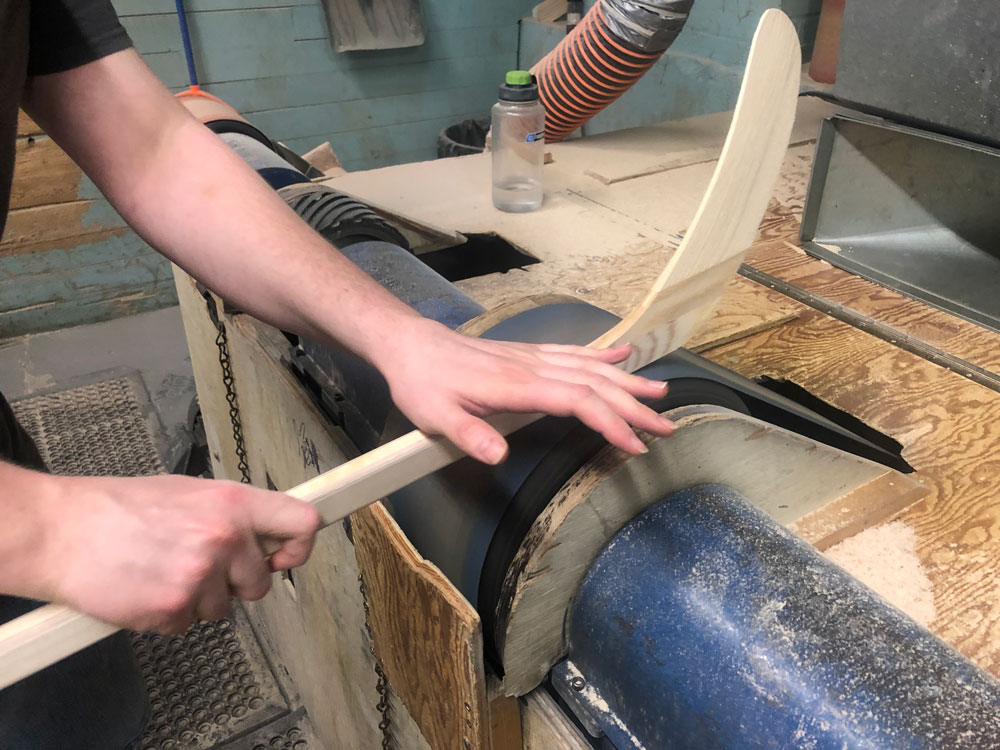




 FORT MILL, South Carolina — In a major stride towards its ambitious 2030 sustainability strategy, Domtar released its sustainability report. The report, entitled
FORT MILL, South Carolina — In a major stride towards its ambitious 2030 sustainability strategy, Domtar released its sustainability report. The report, entitled 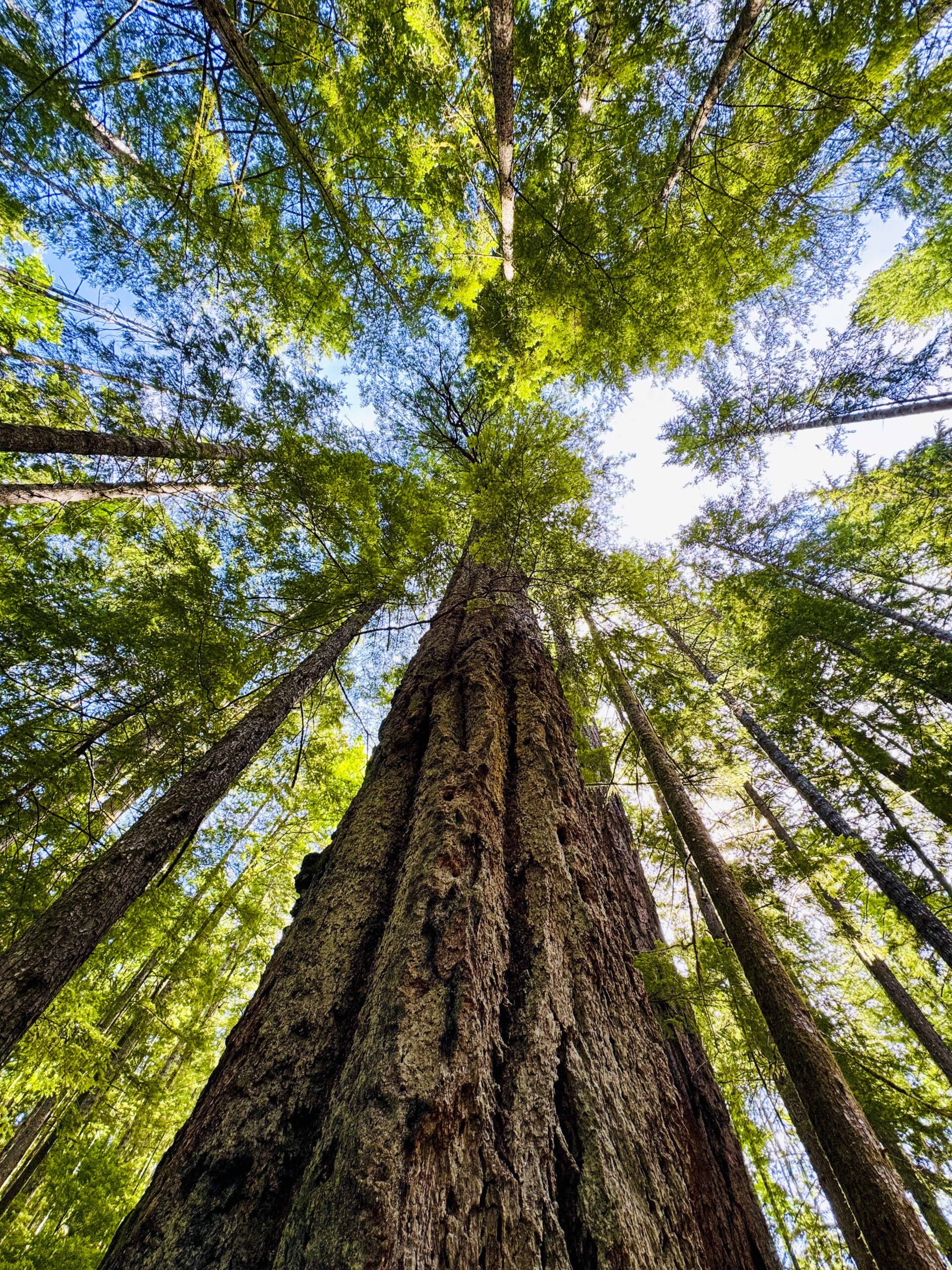 Last week, the Wildwood Ecoforest, located in Yellow Point just north of Ladysmith, got considerably closer to its original size. A successful campaign to raise $850,000 has allowed the
Last week, the Wildwood Ecoforest, located in Yellow Point just north of Ladysmith, got considerably closer to its original size. A successful campaign to raise $850,000 has allowed the  NANAIMO, B.C. – Mosaic Forest Management addressed community concerns about alternative road access following an incident on October 5th that halted safety work at the Bamfield Main Road worksite. The Ministry of Transportation and Transit has assumed control of the Bamfield Main Road repairs under Section 8 of the Transportation Act, with Mosaic providing technical support. The project is targeted for completion by month’s end. The Brenner Main/Museum Main corridor … remains restricted to limited Mosaic crews and one industrial user with pre-existing access. …“We understand people are frustrated seeing what appears to be a drivable road,” said D’Arcy Henderson, Senior Vice President, Timberlands and Chief Operating Officer. “But we’ve identified dangerous trees and boulders that could fall at any time. Making the Brenner corridor safe for public use would require the same weeks of intensive work currently underway on Bamfield Main. We cannot split our resources and double the timeline.”
NANAIMO, B.C. – Mosaic Forest Management addressed community concerns about alternative road access following an incident on October 5th that halted safety work at the Bamfield Main Road worksite. The Ministry of Transportation and Transit has assumed control of the Bamfield Main Road repairs under Section 8 of the Transportation Act, with Mosaic providing technical support. The project is targeted for completion by month’s end. The Brenner Main/Museum Main corridor … remains restricted to limited Mosaic crews and one industrial user with pre-existing access. …“We understand people are frustrated seeing what appears to be a drivable road,” said D’Arcy Henderson, Senior Vice President, Timberlands and Chief Operating Officer. “But we’ve identified dangerous trees and boulders that could fall at any time. Making the Brenner corridor safe for public use would require the same weeks of intensive work currently underway on Bamfield Main. We cannot split our resources and double the timeline.” CASTLEGAR, BC — A BC Timber Sales manager for the Kootenay-Boundary admits they may have a hard time selling wood in the coming months as local mills cope with additional U.S. tariffs. George Edney told Castlegar city council this week that his organization, which manages and auctions 20% of the timber on Crown land, will have sales opening next week in the Boundary. …Interfor has curtailed its Grand Forks operations indefinitely due to “persistently weak market conditions.” …Edney said if the wood they offer in the Boundary doesn’t sell at the upset price, they can drop the price and try again, or they can withdraw it altogether, although typically they want the wood in the market. …Edney said they sold 581,000 cubic meters that BC Timber Sales in the Kootenays in 2024-25. Their target volume for 2025-26 is 715,000 cubic metres.
CASTLEGAR, BC — A BC Timber Sales manager for the Kootenay-Boundary admits they may have a hard time selling wood in the coming months as local mills cope with additional U.S. tariffs. George Edney told Castlegar city council this week that his organization, which manages and auctions 20% of the timber on Crown land, will have sales opening next week in the Boundary. …Interfor has curtailed its Grand Forks operations indefinitely due to “persistently weak market conditions.” …Edney said if the wood they offer in the Boundary doesn’t sell at the upset price, they can drop the price and try again, or they can withdraw it altogether, although typically they want the wood in the market. …Edney said they sold 581,000 cubic meters that BC Timber Sales in the Kootenays in 2024-25. Their target volume for 2025-26 is 715,000 cubic metres.
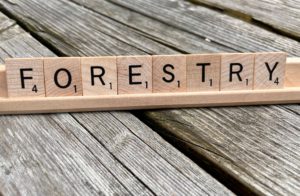


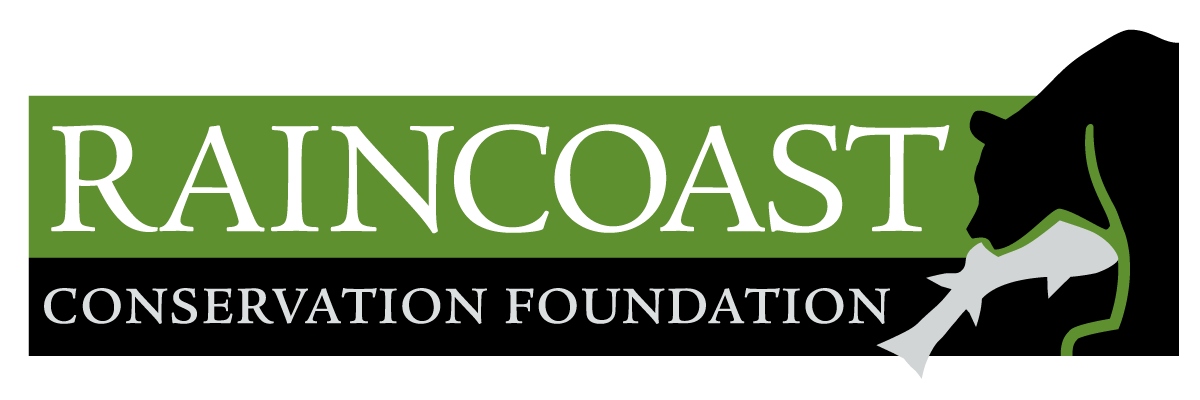


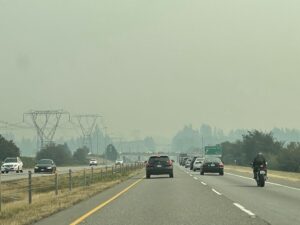 NOVA SCOTIA — Unseasonably warm temperatures proved challenging Monday as the fight against an out-of-control wildfire in Nova Scotia’s Annapolis Valley entered its second week. The Department of Natural Resources estimated that the fire at Lake George had grown slightly in 24 hours to just over 2.8 square kilometres, mainly because of dry and windy conditions. Monday’s forecast for the area near Aylesford, N.S., called for a high of 28 C — the average daily high in the region for October is normally below 15 C. “I can’t believe it — in October we normally get frost and cold,” Dave Corkum, mayor of the Municipality of the County of Kings, said in an interview. “There is some rain in the forecast in a few days and hopefully we will get it.” Despite the conditions, Corkum said there are no reports of damage to structures in the area.
NOVA SCOTIA — Unseasonably warm temperatures proved challenging Monday as the fight against an out-of-control wildfire in Nova Scotia’s Annapolis Valley entered its second week. The Department of Natural Resources estimated that the fire at Lake George had grown slightly in 24 hours to just over 2.8 square kilometres, mainly because of dry and windy conditions. Monday’s forecast for the area near Aylesford, N.S., called for a high of 28 C — the average daily high in the region for October is normally below 15 C. “I can’t believe it — in October we normally get frost and cold,” Dave Corkum, mayor of the Municipality of the County of Kings, said in an interview. “There is some rain in the forecast in a few days and hopefully we will get it.” Despite the conditions, Corkum said there are no reports of damage to structures in the area.